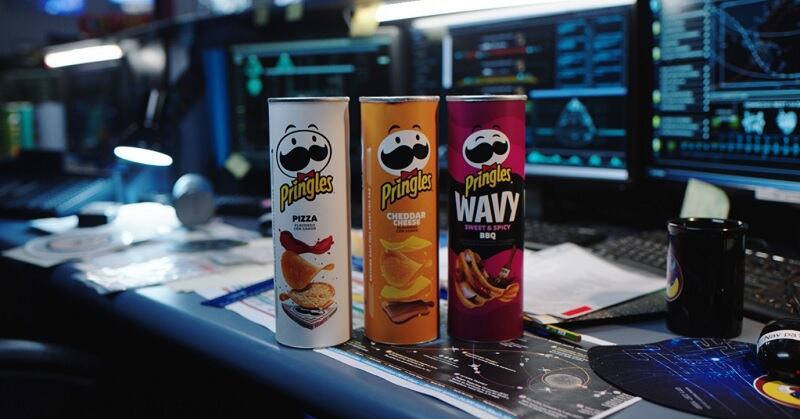“The pandemic has heighted the importance of the investments we’ve made in recent years to build and deploy global, purposeful next-generation data and analytics capabilities” that are “key to our ability to agilely and efficiently execute and win in the market,” Monica McGurk, Kellogg’s chief growth officer, told analysts earlier this week at the Consumer Analyst Group of New York virtual conference.
She explained that Kellogg is combining data from 33 million US household participants in its Family Rewards loyalty program with data from its Keystone platform that tracks social, point-of-sale and contextual data and real-time analysis from its Kube media performance analytics platform to create more targeted and effective consumer communication.
For example, McGurk explained, in the US, Kellogg “tapped into 10 billion or more data points to identify new households and behaviors” related to cereal consumption at the ZIP code level, which allowed the company to hyper-target YouTube video campaigns at growing consumer bases.
“The first of these geo-targeted campaigns has come back exceeding benchmarks for audible and visible completion by 50% -- a great sign for cohort retention across our cereal brands,” she said.
By combining increasingly granular analytics data with artificial intelligence, Kellogg also is able to better personalize ads to more effectively activate consumers, McGurk said.
In Australia, for example, Kellogg’s Nutri-Grain brand tailored visuals and texts in ads based on the blogs and social content consumers interacted with resulting in a 120% lift in effectiveness and a 25% reduction in digital production costs, McGurk said.
“We’re using data and analytics to capture and retail new cohorts, engage across occasions and deepen our relationships, growing share of wallet and loyalty to win with the consumer. And these capabilities are just as critical to winning with our retailer customers, many of whom are capturing growth from e-commerce during this pandemic period,” she said.
E-commerce rises to 8.5% of Kellogg’s sales
Like many other CPG companies presenting at CAGNY, Kellogg said it is increasing its investment in e-commerce, which has spiked in popularity with consumers during the pandemic to buy groceries without increased risk of exposure to the coronavirus.
“E-commerce had already been growing in importance for us every year, and then came COVID. We’ve seen a step change in shopper behavior during the COVID crisis, and as a result our e-commerce business has doubled as a percentage of our global retail sales to about 8.5% in fiscal 2020,” McGurk said.
In response, she said, Kellogg is leaning more heavily on machine learning and advanced analytics to transform its go-to-market approach.
“Machine learning is driving execution of our business with large retail dot-com customers as it helps us automate and optimize e-commerce search. For example, in a pilot with Bear Naked, we used machine learning to optimize search, adapting campaign times and page placements, decreasing cost per click by nearly 40%, increasing winning share of paid search for the term granola from 4% to 85% and driving year-over-year sales growth of 112%,” McGurk said.
Similarly, Kellogg teamed with a third-part partner in the US to use machine learning to predict e-commerce out-of-stock risks, which can dampen inventory position and search rankings if they occur. When the risk signal was tripped, McGurk said, it triggered a series of actions, including buyer notifications for reordering, demand forecast updates and changes to slated promotional activities.
Traditional advertising remains relevant
Even as Kellogg invests more heavily in digital marketing, it continues to leverage tried and true traditional media to create “always-on engagement,” McGurk said.
She pointed to the company’s Super Bowl ad for Pringles this year, which combined a comedic commercial with at home delivery by drone, and a new look for Mr. P.
Ultimately, by combining digital and traditional marketing with machine learning and artificial intelligence for a deeper consumer connection, McGurk said she is confident in Kellogg’s “ability to lock in and build from many of the gains we’ve experienced during this pandemic period.”


